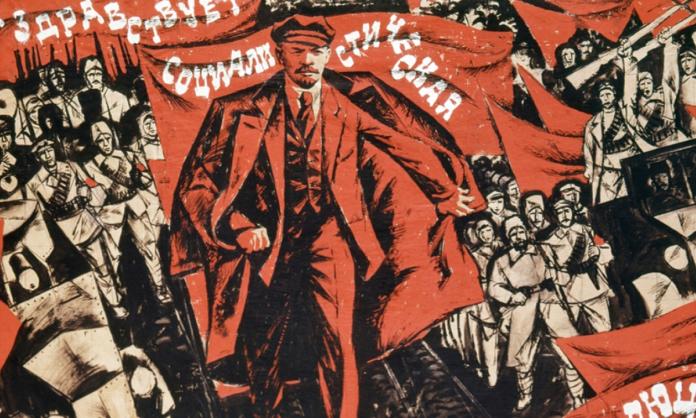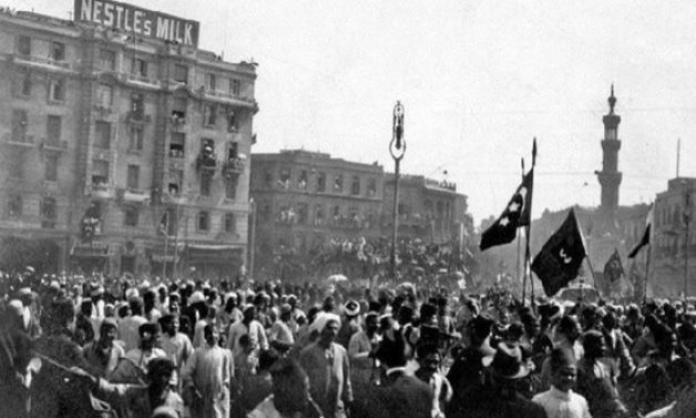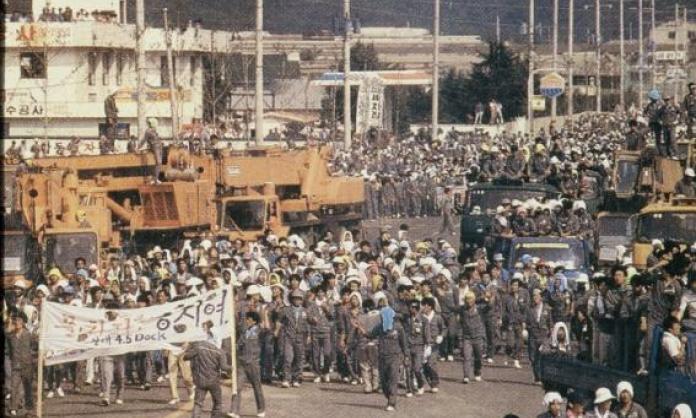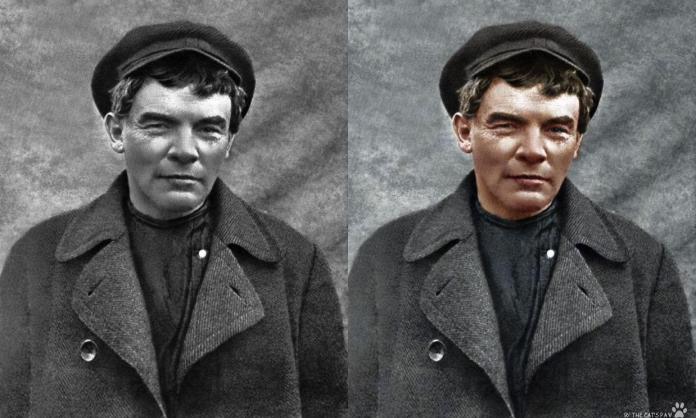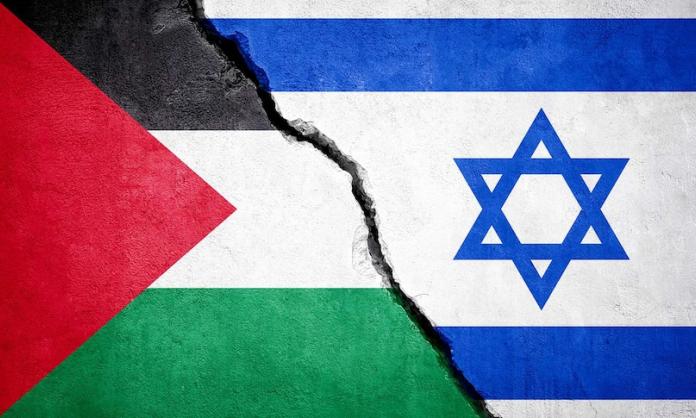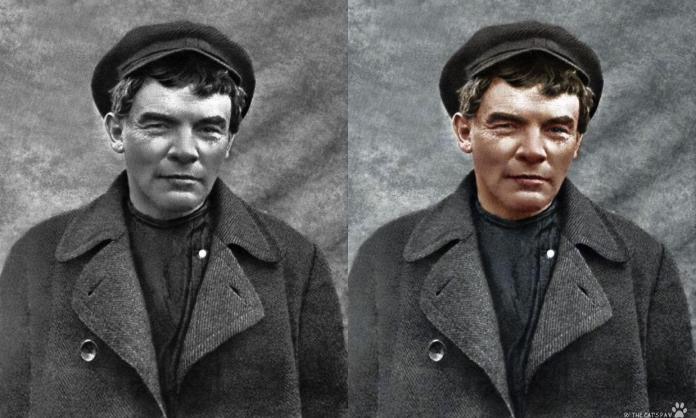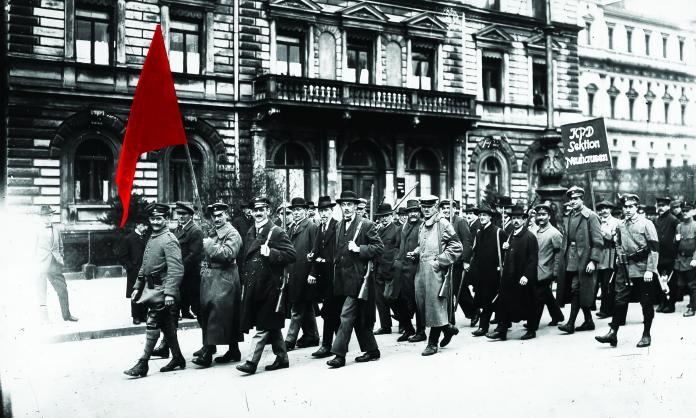Revolutions have happened repeatedly throughout history, dramatically changing what seems possible in a short period of time. Some of the great revolutions, like the French Revolution of 1789 or the Russian Revolution of 1917, overthrew monarchies that had existed for centuries. The “Arab Spring” uprisings of 2011 likewise rapidly brought down several decades-old regimes that previously seemed all-powerful.
Capitalism repeatedly drives people to this sort of action, even after long periods of relative passivity, whether because of brutal wars, economic chaos or other crises brought about by the anarchic nature of the system. Today is no exception. So although revolution is not immediately on the cards in Australia, it is nevertheless useful to understand why and how they happen and what can help them win in the future.
Importantly, revolutions don’t usually start because people set out to overthrow the social order. Much more often, they start because of relatively minor grievances. The 2019 revolution in Sudan, for example, started off with protests about the rising costs of living, but ended up bringing down the government.
Sometimes, struggles emerge in response to some particularly egregious attack from the ruling class, such as the 2021 revolution in Myanmar, which began with protesters opposing a right-wing military coup. In the course of fighting for particular reforms, it can become apparent to people that more radical change is desirable. It can begin to seem like there is no good reason to go back to the iniquities and profit-obsessed priorities of the existing order once a mass democratic alternative seems like a possibility.
Mass struggles and revolutions therefore aren’t just a challenge to the power of the ruling class. They also have a transformative effect on the people who participate in them. Much of the time, the reality of powerlessness means that people feel they have no choice but to resign themselves to the system. When it seems like there’s nothing you can do to change things, and politicians and journalists are telling you there’s no alternative to the status quo, it seems the only option is to accept the world as it is and adapt to it. In contrast, when people get a taste of their own power in the course of struggles, it can expand their sense of possibility rapidly and profoundly.
This process occurs in many struggles, but it goes to its extreme in revolutions. One of the most striking things about reading accounts of revolutions is the descriptions of the effect on those involved. Antonio Gramsci, an Italian revolutionary, described this transformation during the mass occupations of the factories in Italy in 1919:
“It was very necessary to see with one's own eyes old workers, who seemed broken down by decades upon decades of oppression and exploitation, stand upright even in a physical sense during the period of the occupation ... It was necessary to see these and other sights, in order to be convinced how limitless the latent powers of the masses are, and how they are revealed and develop swiftly as soon as the conviction takes root among the masses that they are arbiters and masters of their own destinies.”
If you feel yourself to be powerless, resigning yourself to the system can make some sense: any other alternative appears impractical. When you experience your own power to shape the world around you, suddenly it makes sense to think about what that world should be like.
For workers used to being downtrodden and oppressed by the system, this is a liberating experience. Karl Marx summarised this process when he wrote, “Revolution is necessary, therefore, not only because the ruling class cannot be overthrown in any other way, but also because the class overthrowing it can only in a revolution succeed in ridding itself of all the muck of ages and become fitted to found society anew”.
Revolutions present a challenge to all the usual backward and divisive ideas of capitalism. In Egypt in 2011, sectarian religious divides were challenged and overcome as the common goal of fighting for democracy took hold. In Tahrir Square, occupied by masses of protesters, Coptic Christians defended Muslims at their prayers from attack, and joint prayers of Copts and Muslims were held. In many revolutions, from the revolutionary Paris Commune in 1871 to the 2021 uprising in Myanmar, sexist stereotypes have been challenged, reflected in the significant numbers of women playing leading roles.
Ordinary people have often found creative ways to solve the practical problems thrown up during struggle. The following is a description of the area controlled by young revolutionaries in Khartoum during the Sudanese revolution in 2019: “Street outside: full of rubbish with plastic bags strewn across the roads. Street inside: clean of rubbish—bags to put your garbage placed strategically around and young men with long hair and skinny jeans roaming around, picking up trash and encouraging others to help. Overnight as the crowds thin out, they wash the roads in teams”.
City squares and other public places tend to became collective organising spaces, with people taking pride in maintaining them. The observer in Sudan went on to describe volunteer pharmacists organising medicine for those who needed it, blood donation trucks organising blood for injured protesters, and protesters organising “cash contributions and bags of money left at the side of the road for anyone to take if they need money to get home”.
When they happen, revolutions can involve and be led by a wide variety of social forces. For a revolution to go beyond just replacing the rule of one minority with that of another, however, it must mobilise the mass of the working class and involve the democratisation of the workplaces and key industries that keep society running. This means the mass of people who produce the wealth of society also making the political decisions about how it is used and organised. The working class uniquely has the power to create this sort of directly democratic society, run in the collective interest rather than in the interests of a powerful minority.
One of the key questions that a workers’ revolution faces is how to organise production. A mass strike can’t continue indefinitely. There comes a point when it is logical and necessary to restart production under the democratic control of workers.
This transforms the workplace from a site of authoritarian control dedicated to profit, to one in which politics and economics converge. A journalist in revolutionary Germany in 1918 wrote the following account of workers’ control: “The workers arrive on time, then take off their coats, read their newspapers and slowly begin work. This is interrupted by debates and meetings. The employers are as powerless as the managerial staff. All power is in the hands of the workers’ committees”.
In a revolution, there can be a dynamic interplay between issues in broader society and in the workplace. In the Portuguese Revolution in 1974, the overthrow of the authoritarian government raised questions about the little authoritarians in the factories and farmlands. A movement of workers’ councils and land seizures developed that posed a direct challenge to capitalism.
Political developments flow the other way as well. You can’t change society from just one workplace. Workers’ councils have been established in numerous revolutions as a way to coordinate across neighbourhoods, cities and regions. They can in turn help bring more workplaces under democratic control.
These councils are the basis for a form of revolutionary democracy very different to the capitalist democracy we have today. In contrast to the privileged, unaccountable parliaments of capitalism, delegates to workers’ councils are elected directly from workplaces and are directly recallable. They aren’t given special privileges or pay, but paid the same wage as a skilled worker. Directly accountable to workers, these councils therefore become a way for the mass of workers to exercise their democratic authority. First developed in some capacity in the 1871 Paris Commune, workers’ councils have been formed in a variety of later revolutionary struggles around the globe, in places as seemingly varied as Russia, Spain, Chile and Iran.
At the heights of the most successful movements, workers’ councils have begun to operate as a sort of alternative government, becoming a way to deal with the key political and economic questions of the day. This is the power on which socialism—a society of mass democracy in which production is geared towards meeting human need—is based.
Unfortunately, it isn’t just workers who get organised during a revolution. The ruling class and other supporters of capitalism will also organise to defend and maintain their power. As a workers’ revolution develops, there arises a situation Marxists refer to as “dual power”, in which an emerging workers’ government competes with a capitalist government trying to restore capitalist normality. This is an inherently unstable situation, which the ruling class recognises as a threat to its rule.
One of the ways the ruling class tries to reassert its power is through force. Much of the violence associated with revolutions in fact comes from the counter-revolutionary violence that capitalists resort to in order to maintain their power. From the tens of thousands of revolutionaries murdered during the “bloody week” that suppressed the Paris Commune to the violence unleashed by Myanmar’s military over the last year in repressing the uprising against their coup, violence is essential for a minority to intimidate a majority. Their intention is not just to defeat the working class physically, but to undo the transformations in people’s confidence and consciousness that occur during revolutionary uprisings.
Just as they rely on workers to run their businesses, however, the capitalists depend upon the mass of rank-and-file soldiers in the military to maintain their authority. Any great revolutionary movement will tend to have an impact upon this rank and file, many of whom are recruited from the working class and oppressed by their officers. At key points in revolutions, key sections of the armed forces have joined the revolution and turned against their generals. In Russia in 1917, soldiers refusing to shoot protesters in February led to the quick collapse of the tsarist monarchy, and over the course of the revolution, soldiers’ councils were established based upon the workers’ councils, democratising the army and bringing the revolution into the barracks.
Direct repression, however, is only one way of fighting back against a revolutionary movement. Political ideas can also be powerful weapons.
Revolutions may challenge old ideas about society, but the developments in workers’ consciousness are always contradictory. Participation in mass rebellion might open workers to new possibilities, but all the lessons learnt through a life under capitalism aren’t wiped away all at once. Neither are the various political parties and media outlets of capitalism. The various political traditions that exist in different countries have a significant impact on how revolutionary struggles develop.
To counter this, revolutions must be both organisationally solid and politically well developed. The more workers who understand what will be required to defeat the old order and establish a genuinely democratic society, the better. This is the purpose of a revolutionary socialist organisation or current within the working class.
Unfortunately, most struggles of the past have lacked a strong revolutionary socialist current. The dominant political forces have been the various parties committed to running capitalism in some form or another rather than overthrowing it. Frequently, this has led even great struggles to stagnate or compromise, allowing the ruling class to reassert their authority and leaving the fundamental problems of society unsolved. That’s a key reason why we argue that we can’t wait until a revolution begins to start organising a revolutionary current.
Not every crisis or struggle automatically develops in a revolutionary direction. But throughout the twentieth and twenty-first centuries, we’ve seen how revolutions are as much a part of capitalism as economic crisis and war. We will invariably see more revolutions develop in the coming decades. These open up the potential for a society freed of all the inequality and oppression of capitalism. By building a revolutionary socialist organisation today, we’re doing what we can to equip our side with the political clarity and capacity to make the most of the struggles of the future.




